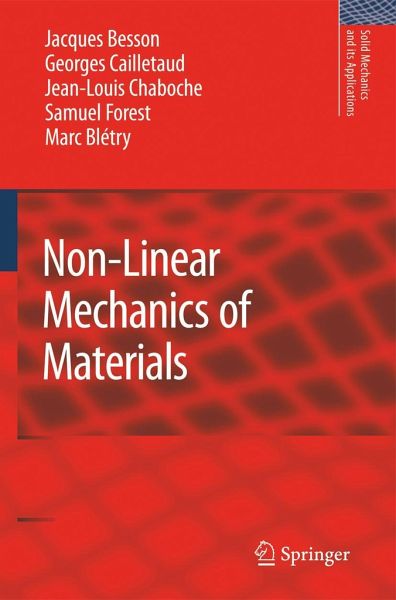This book offers an update of the knowledge needed to understand and use the most recent models of materials behavior and damage in structures. It is based on a course text used in France that was previously unavailable to the English-speaking world.
In mechanical engineering and structural analysis there is a significant gap between the material models currently used by engineers for industry applications and those already available in research laboratories. This is especially apparent with the huge progress of computational possibilities and the corresponding dissemination of numerical tools in engineering practice, which essentially deliver linear solutions. Future improvements of design and life assessment methods necessarily involve non-linear solutions for inelastic responses, in plasticity or viscoplasticity, as well as damage and fracture analyses.
The dissemination of knowledge can be improved by software developments, data base completion and generalization, but also by information and training. With such a perspective Non-Linear Mechanics of Materials proposes a knowledge actualization, in order to better understand and use recent material constitutive and damage modeling methods in the context of structural analysis or multiscale material microstructure computations.
In mechanical engineering and structural analysis there is a significant gap between the material models currently used by engineers for industry applications and those already available in research laboratories. This is especially apparent with the huge progress of computational possibilities and the corresponding dissemination of numerical tools in engineering practice, which essentially deliver linear solutions. Future improvements of design and life assessment methods necessarily involve non-linear solutions for inelastic responses, in plasticity or viscoplasticity, as well as damage and fracture analyses.
The dissemination of knowledge can be improved by software developments, data base completion and generalization, but also by information and training. With such a perspective Non-Linear Mechanics of Materials proposes a knowledge actualization, in order to better understand and use recent material constitutive and damage modeling methods in the context of structural analysis or multiscale material microstructure computations.

